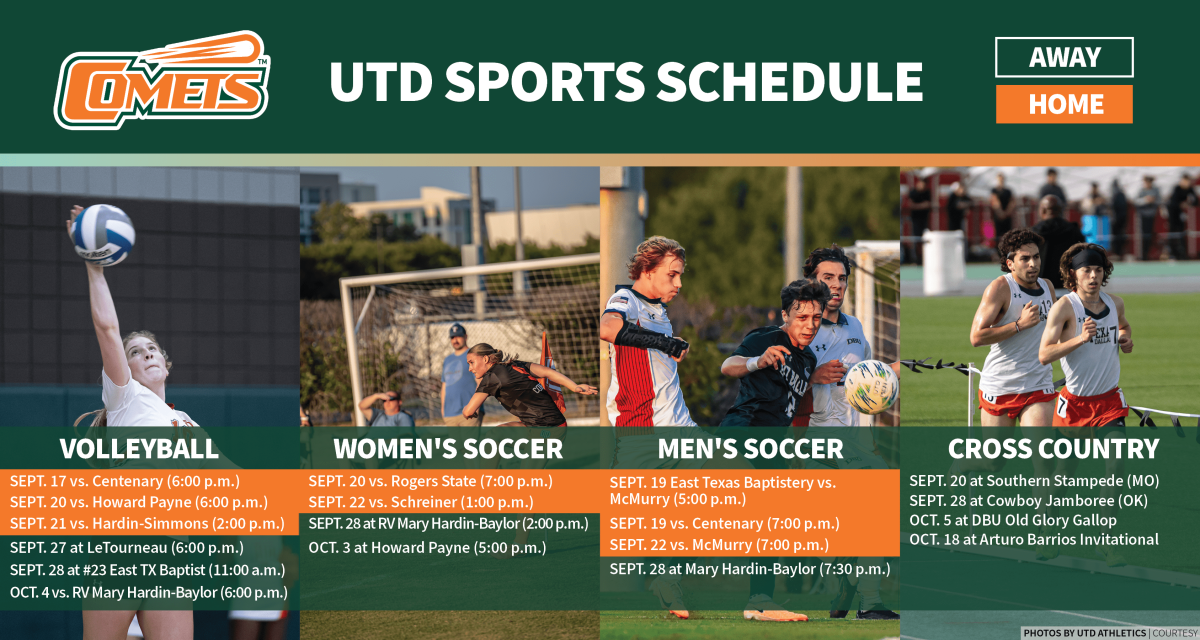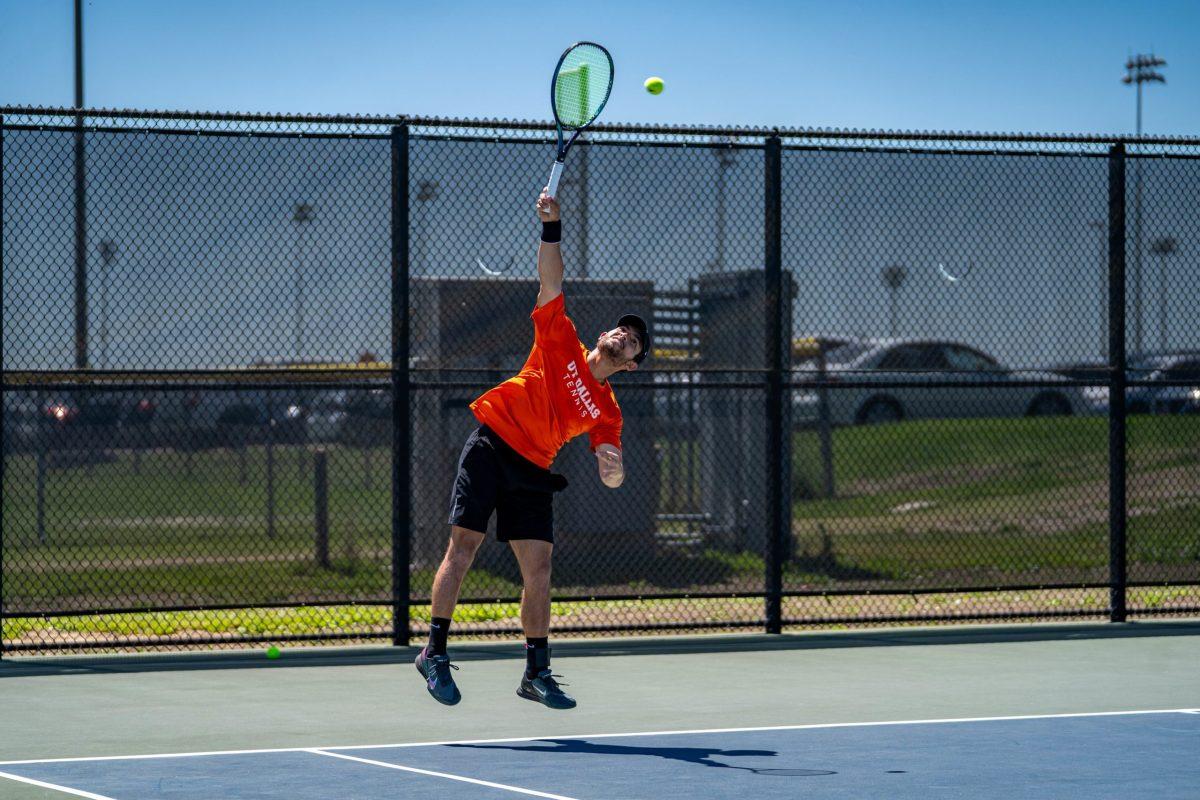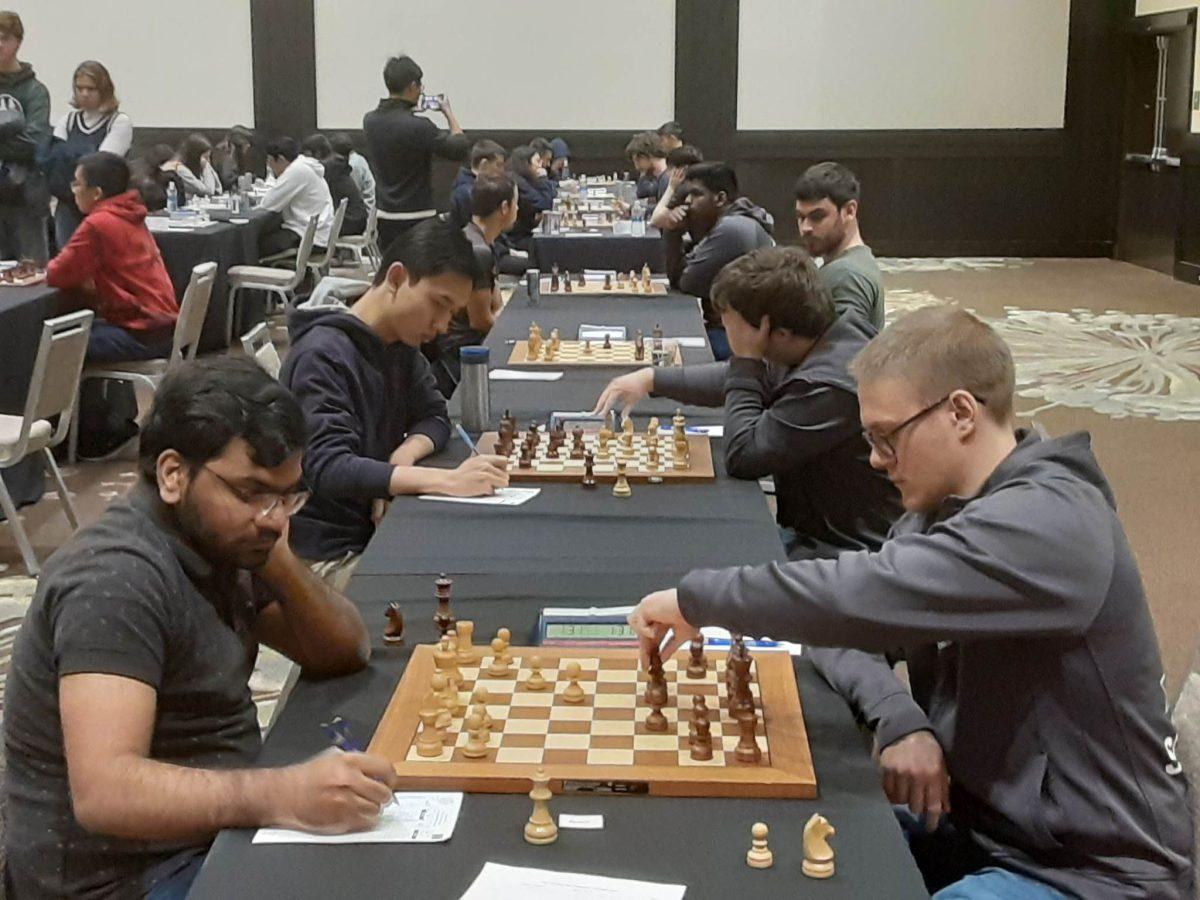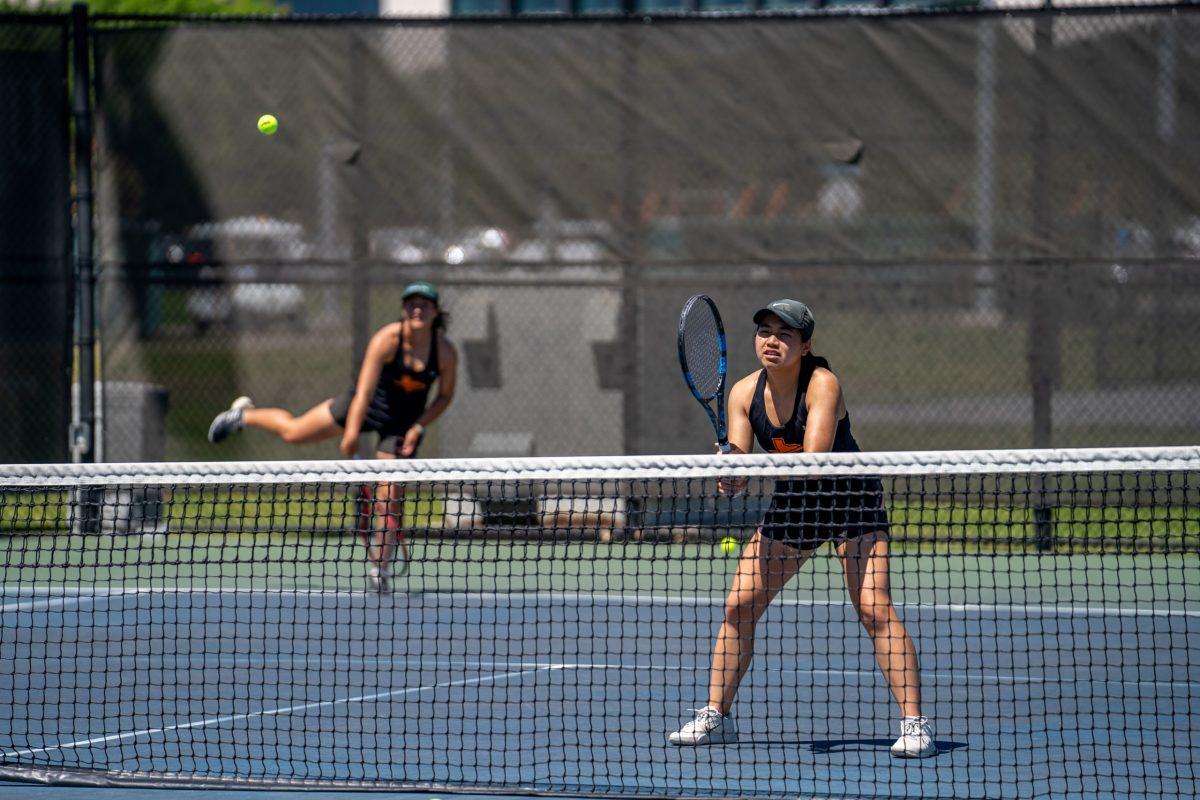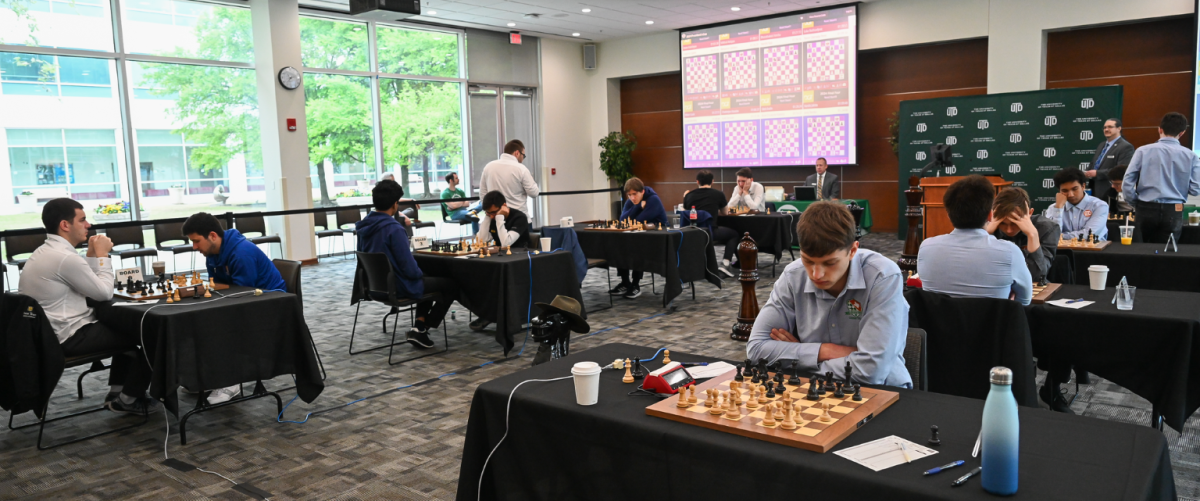UTD Esports added a “VALORANT” team and a new “academy” system for supporting more organized esports play for more students.
The latest game to be added to the varsity esports program is “VALORANT”, Riot Games’ first person 5v5 tactical shooter released in 2020. While the game is relatively new in comparison to longer-running titles such as “Fortnite” or “Call of Duty”, esports program head Drew Boehm said that one of the many factors in choosing to support a “VALORANT” team was Riot Games’ previous reputation for holding a collegiate league with “League of Legends”.
“There’s always kind of the question that comes up, which is “What makes something an esport, or esports worthy?” There’s no exact formula for that. But Riot, the developers, have a solid track record with collegiate league of legends. They’ve been doing that for a very long time, and it’s one of the more successful and prestigious tournaments our there when it comes to collegiate esports. And they came out this past semester and announced they’ll be supporting collegiate VALORANT officially come fall 2022. So it’s kind of perfect timing,” Boehm said.
However, Boehm doesn’t want to stop at only supporting varsity teams in a select amount of esports. While students have opportunities to engage in organized physical sports with intramurals on campus, there isn’t currently an easy way to get a team of people to play competitive “League of Legends” if you’re not already on the main varsity team. Boehm’s solution is the introduction of “UTD Esports Academy”, where players that don’t make the main varsity team or don’t have a varsity team supported can receive administrative support to play under the UTD Banner.
Say you and a group of UTD students like playing “Rainbow Six Siege” competitively. There are collegiate leagues to compete in, but there’s no current varsity team. The academy system would allow for your team to have access to the esports room (and in the future, the gaming lounge) as well as team jersey’s and the ability to officially represent UTD. And for additional teams for games that already have a varsity team, Boehm wants to be able to involve more players that might’ve not made the varsity cut.
“A good question is “How do you let more students be involved?” because the varsity “VALORANT” team will only have six spots. And so you’re cutting nine out of 10 people and it kind of stinks to just be like “Oh, you tried out, cool. Ok thanks, bye,” … just helping students be able to compete and get involved is huge,” Boehm said. “If our varsity team is doing VOD review, we’re gonna be inviting some of the academy teams to come and watch and learn alongside them … if one of our academy teams makes it up to a big match and the space is available, I might even let them play or practice from our varsity sports arena.”
Boehm says that the end goal of the new academy program is to get more students involved in the esports program. Since officially supporting varsity teams is a larger investment (academy teams don’t receive stipends), multiple factors including developer support, popularity and availability of competition has to be considered. But with the academy system, interested students can form their own competitive rosters and compete as Comets without waiting for the university to add their favorite esport to the varsity roster.
“It’s at least something to help people feel more a part of the university and like they are getting some form of support,” Boehm said “The goal of a lot of these programs is to keep students engaged and give ‘em something fun to do … make it feel more official and like they’re actually a part of something rather than just a group of friends playing, if that’s what they want.”


